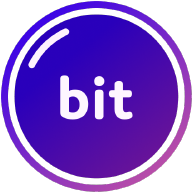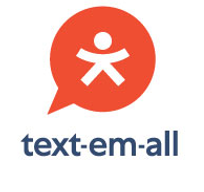Design Philosophy
- @material-ui/core:
Material-UI is built on the principles of Material Design, which emphasizes a clean and modern aesthetic. It provides a comprehensive set of components that adhere to these design principles, ensuring a consistent look and feel across applications while offering extensive customization options.
- @chakra-ui/react:
Chakra UI embraces a simple and modular design philosophy, emphasizing accessibility and ease of use. It encourages developers to build applications with a focus on user experience and responsive design, providing a set of components that are easy to customize and extend.
- @rneui/base:
React Native Elements focuses on providing a unified design language for mobile applications. It aims to simplify the development process by offering a set of components that are designed to work well across different platforms, ensuring a consistent user experience.
Customization
- @material-ui/core:
Material-UI provides a powerful theming capability, allowing developers to customize the appearance of components globally. It supports both CSS-in-JS and traditional styling methods, giving developers flexibility in how they implement styles while adhering to Material Design guidelines.
- @chakra-ui/react:
Chakra UI offers a highly customizable theming system that allows developers to easily adjust styles and create unique designs. Its utility-first approach enables developers to apply styles directly to components, making it simple to achieve the desired look without extensive CSS knowledge.
- @rneui/base:
React Native Elements offers a straightforward way to customize components through props and theming. While it may not be as extensive as the other libraries, it provides enough flexibility to adapt components to fit the specific needs of mobile applications.
Accessibility
- @material-ui/core:
Material-UI also prioritizes accessibility, providing components that are compliant with WAI-ARIA standards. It includes features like keyboard navigation and screen reader support, helping developers build applications that are accessible to a wider audience.
- @chakra-ui/react:
Chakra UI places a strong emphasis on accessibility, ensuring that components are designed to be usable by everyone, including those with disabilities. It follows WAI-ARIA standards and provides accessible components out of the box, making it easier for developers to create inclusive applications.
- @rneui/base:
React Native Elements aims to provide accessible components, but its focus is primarily on mobile applications. While it includes some accessibility features, developers may need to implement additional accessibility enhancements to ensure compliance with best practices.
Community and Ecosystem
- @material-ui/core:
Material-UI boasts a large and active community, with extensive documentation, tutorials, and resources. Its popularity means that developers can find numerous third-party libraries and tools that integrate seamlessly with Material-UI components.
- @chakra-ui/react:
Chakra UI has a growing community and ecosystem, with a focus on documentation and resources that help developers get started quickly. It is actively maintained and has a range of third-party extensions and themes available, enhancing its usability.
- @rneui/base:
React Native Elements has a smaller community compared to the other libraries, but it is still well-supported. The documentation is clear, and while the ecosystem is not as extensive, it provides essential components for React Native development.
Performance
- @material-ui/core:
Material-UI is designed for performance, but its comprehensive nature can lead to larger bundle sizes if not managed properly. Developers can use tree-shaking and code-splitting techniques to optimize performance and load times.
- @chakra-ui/react:
Chakra UI is optimized for performance, with a focus on minimizing bundle size and ensuring fast load times. Its modular approach allows developers to import only the components they need, reducing the overall footprint of applications.
- @rneui/base:
React Native Elements is designed with mobile performance in mind, providing lightweight components that work efficiently on both iOS and Android. Its focus on cross-platform compatibility ensures that applications perform well across devices.
























